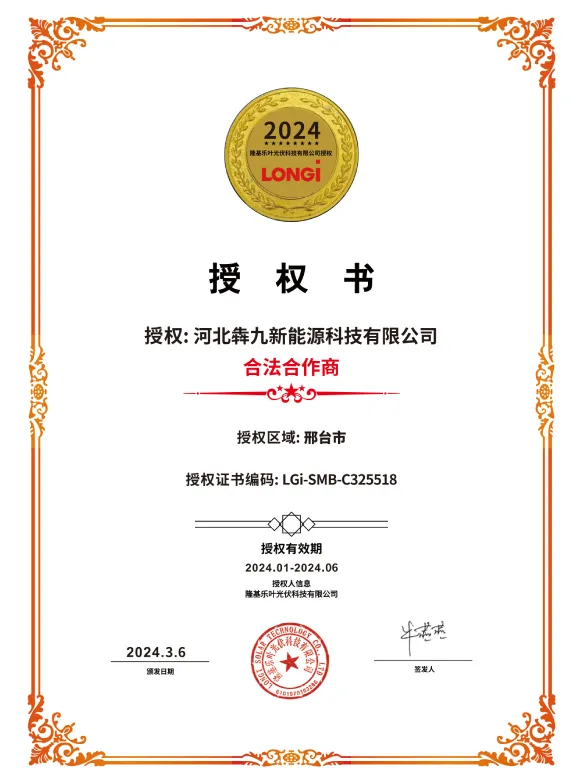efficiency of bifacial solar panels
The Efficiency of Bifacial Solar Panels A Comprehensive Overview
Bifacial solar panels have emerged as a revolutionary technology in the field of renewable energy
. They differ from traditional monofacial panels by capturing sunlight on both sides, thereby increasing their energy output and overall efficiency. This article delves into the factors influencing the efficiency of bifacial solar panels and their implications for solar energy generation.The efficiency of bifacial solar panels primarily depends on several key factors albedo, installation angle, and the environment in which they are deployed. Albedo refers to the reflectivity of the surface beneath the panels, which can significantly enhance energy capture. For instance, when bifacial panels are installed over surfaces like white sand or snow, they can reflect additional light onto the rear side of the panels, increasing their overall efficiency. Studies have shown that high-albedo surfaces can boost energy production by 20% to 30% compared to conventional panels installed on standard rooftops or darker surfaces.
Moreover, the angle and height at which bifacial panels are installed can also dictate their performance. Panels tilted at specific angles may optimize sunlight absorption throughout the day, and elevated installations allow the panels to capture more reflected light, further enhancing their output. The arrangement of these panels in solar farms is also crucial; spacing them adequately can minimize shading and maximize light exposure to both sides.
efficiency of bifacial solar panels

Another significant advantage of bifacial solar panels is their durability and performance longevity. These panels are often built with robust materials to withstand harsh weather conditions, making them less susceptible to degradation. As a result, they tend to maintain higher efficiency levels over time compared to their monofacial counterparts, which can lose efficiency due to potential shading, dirt accumulation, or environmental wear.
However, it is essential to recognize that the actual efficiency gain from bifacial technology also varies depending on the geographic location and climate. In sunny and reflective environments, the benefits can be substantial, but in areas with limited sunlight or lower albedo surfaces, the gains may diminish. Therefore, careful site assessment and optimal design are crucial when considering the deployment of bifacial solar panels.
In terms of market impact, bifacial technology is gaining traction and has started to shape the solar energy landscape. Manufacturers are increasingly investing in bifacial panel production in response to rising demand, fueled by the global push towards sustainable energy solutions. With decreasing costs and improved efficiency, bifacial panels are becoming a viable option for both residential and commercial applications.
In conclusion, the efficiency of bifacial solar panels represents a significant advancement in solar technology. By leveraging the dual-sided ability to capture sunlight, these panels offer heightened energy output, particularly in favorable environments. As research and development in this field continue to evolve, bifacial solar panels are well-positioned to play a pivotal role in the transition to a more sustainable energy future. Their enhanced efficiency, durability, and adaptability make them an attractive choice in the growing market for renewable energy solutions.
-
Unlocking Energy Freedom with the Off Grid Solar InverterNewsJun.06,2025
-
Unlock More Solar Power with a High-Efficiency Bifacial Solar PanelNewsJun.06,2025
-
Power Your Future with High-Efficiency Monocrystalline Solar PanelsNewsJun.06,2025
-
Next-Gen Solar Power Starts with Micro Solar InvertersNewsJun.06,2025
-
Harnessing Peak Efficiency with the On Grid Solar InverterNewsJun.06,2025
-
Discover Unmatched Efficiency with the Latest String Solar InverterNewsJun.06,2025







